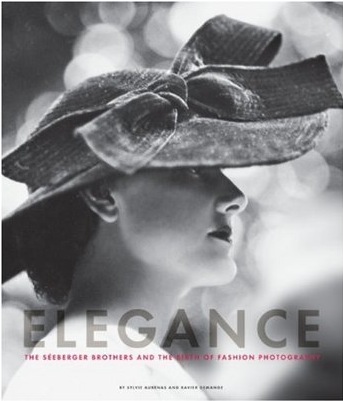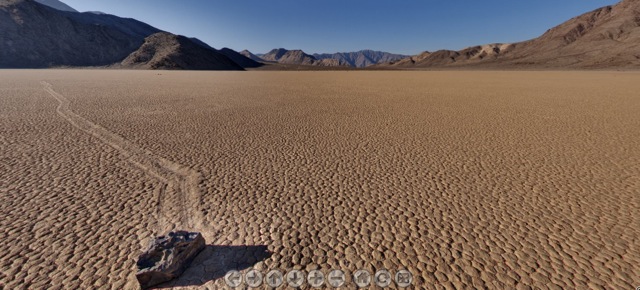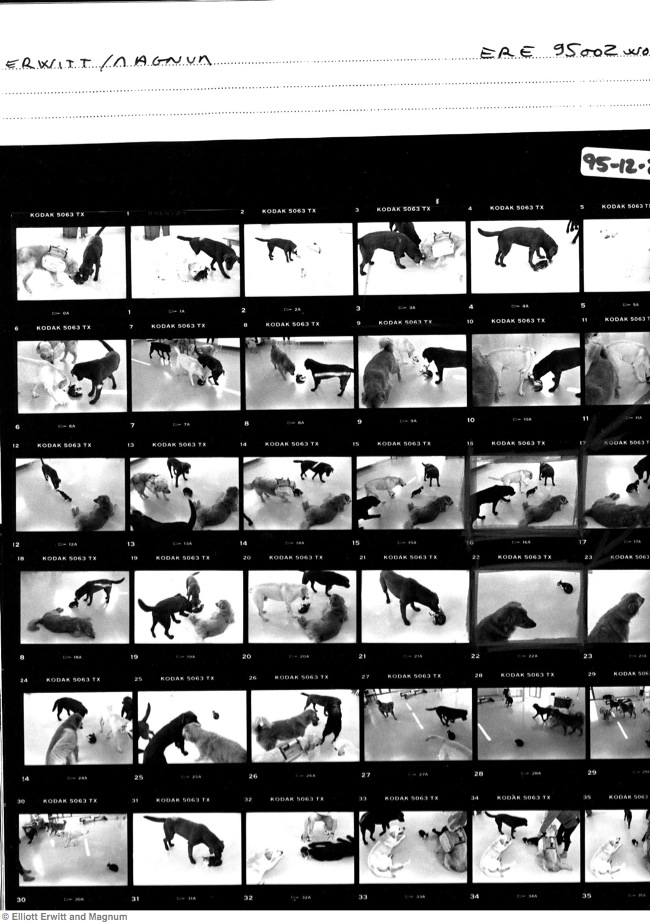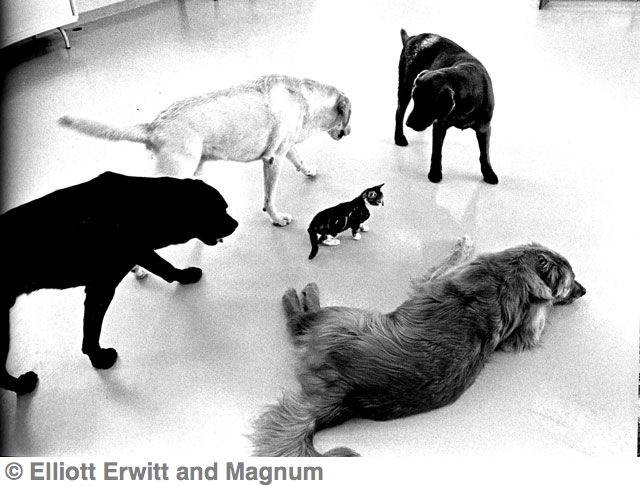The best succeed
Let me preface this piece with a childhood story. Mine.
Like you, the first music I recall was the result of my parents’ ancestry, upbringing and beliefs. That meant a strict diet of Beethoven and, as a true Pole, Chopin. There was no choice in the matter and, candidly, I had no clue that anyone else even wrote music. Modern beliefs would damn my parents for this exclusionary tactic but I think they are wrong. Consciously or otherwise, I was being exposed to the best of the best. That leaves an awful lot of grey matter free for the dull realities of making ends meet.
To close that little episode, let me just add that the very first music I remember from my childhood – maybe 5 at the time? – is the Eroica. Talk of starting at the top. No two chords in music anywhere rival the hammer blows at the start of the symphony, proclaiming simply that the future starts now. Bach, Handel, Scarlatti – none of that really matters any more. So yesterday. Western music is easily divisible into three eras. Before-Beethoven, after-Beethoven and Elvis. And it emboldens me not a little to add that I got my old mum to listen to The King when she reached 80, and she proceeded to tune him in for the last seven years of her life. That’s what I call an open mind!
So quality in composition – be it musical or photographic – makes for a very short list of ‘great’ composers. When did you last listen to Jean Baptiste Lully, the darling of his age? Exactly. Or adulate those bloody awful baby pictures Aunt Vi just snapped, with quantity and her waistline indistinguishable, on her new digital?
Which, somewhat circuitously, brings me to my point. If we listen to just a handful of composers and look at the work of just a few photographers, are we denying the existence of a broader reality, an undiscovered ocean of quality, or are we simply being smart in our selectivity?
I think it’s the latter. I look at the work of thousands of unknown photographers during the course of a year, yet I recollect the images of one or two. I will seek their work out as time passes. Without exception I am sure they will become famous, being beyond secure in my taste – which extends to sending rude notes to morons who email me with detritus passing for comment. If you don’t like what you are reading here, please take a dump elsewhere.
So.
You have to be famous to be good.
HCB was famous and we saw he was good. But had he not made efforts – strenuous efforts – to become famous, we would not know whether he was good. I cherish the work of very few other photographers. Not because I am being exclusionary, but because I have seen the work of most and I know quality when I see it. There is no need to go down market.
Horowitz played like a God. Maybe not the way Chopin played, but the way he would have been amazed at. I listen to very few other pianists. Not because I am being exclusionary, but because I have heard most and I know quality when I hear it. There is no need to go down market.
I do not know of any photograph of Horowitz taken by Cartier-Bresson, but if there was one, I believe it would have had the same intensity and insight as HCB’s portrait of Giacometti, one of the very greatest pictures ever taken.
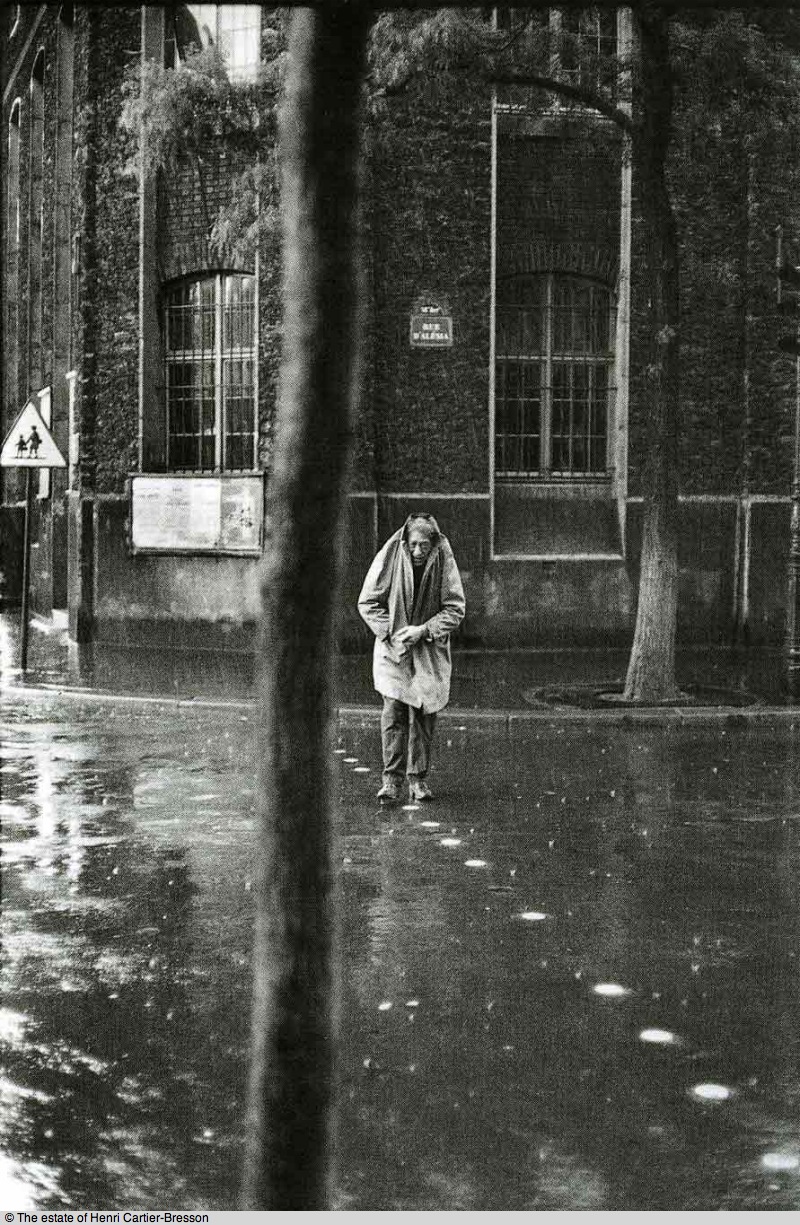
Alberto Giacometti on the Rue D’Aléma in Paris
If you are into Giacometti, that is.

